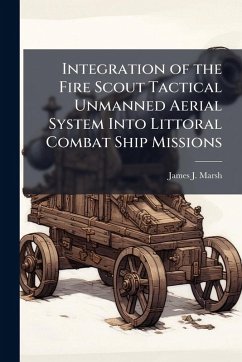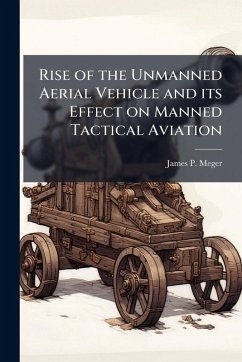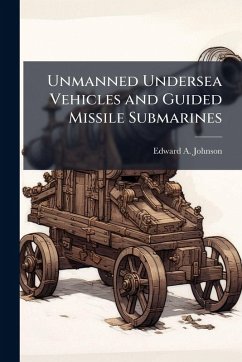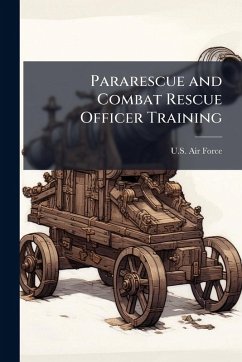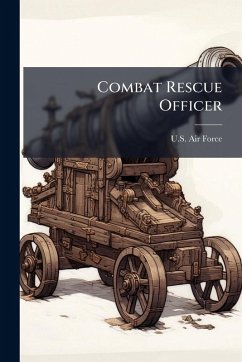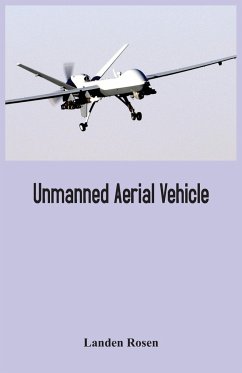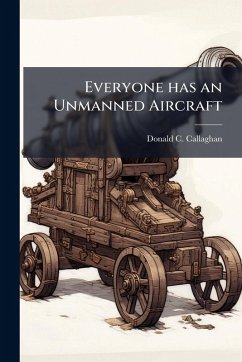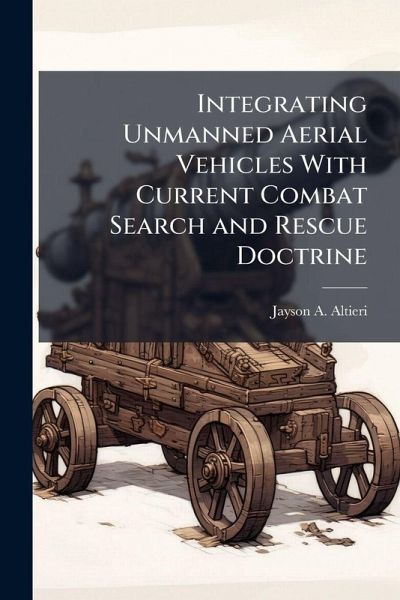
Integrating Unmanned Aerial Vehicles With Current Combat Search and Rescue Doctrine

PAYBACK Punkte
7 °P sammeln!
The events of September 11, 2001 brought home to the United States (U.S.) the realities of the Post Cold War World. With the realization that our Republic's armed forces are fighting a new type of enemy came a demand that the United States military defeat this new threat using every tool in our arsenal.1 The use of United States Air Force Predator Unmanned Aerial Vehicles (UAVs) and externally carried Hellfire anti-armor missiles against selected Taliban and al Qaeda targets was the first modern-day UAVs to do so in combat.2 This use of UAVs in a direct combat role, as opposed to their traditi...
The events of September 11, 2001 brought home to the United States (U.S.) the realities of the Post Cold War World. With the realization that our Republic's armed forces are fighting a new type of enemy came a demand that the United States military defeat this new threat using every tool in our arsenal.1 The use of United States Air Force Predator Unmanned Aerial Vehicles (UAVs) and externally carried Hellfire anti-armor missiles against selected Taliban and al Qaeda targets was the first modern-day UAVs to do so in combat.2 This use of UAVs in a direct combat role, as opposed to their traditional Reconnaissance, Surveillance and Target Acquisition (RSTA) role, led me to the idea of using UAVs for other non-traditional roles in combat. As an Army UH-60 Black Hawk helicopter pilot, Combat Search and Rescue (CSAR) is an integral part of our Army Aviation mission. This is also true among the other services' rotary-wing and fixed-wing communities. A common problem among all the services, particularly the Air Force, is the limited amount of resources and manpower that are devoted to the CSAR mission. Under the current force structure, exactly 105 HH-60G Pave Hawks in the Air Combat Command inventory are too few to perform the potential number of missions required to support current operations.3 The rescues of Lieutenant Colonel Iceal Hambleton in Vietnam and Captain Scott O'Grady in Bosnia illustrate the difficulty associated with CSAR operations on the modern battlefield. This work has been selected by scholars as being culturally important, and is part of the knowledge base of civilization as we know it. This work was reproduced from the original artifact, and remains as true to the original work as possible. Therefore, you will see the original copyright references, library stamps (as most of these works have been housed in our most important libraries around the world), and other notations in the work. This work is in the public domain in the United States of America, and possibly other nations. Within the United States, you may freely copy and distribute this work, as no entity (individual or corporate) has a copyright on the body of the work. As a reproduction of a historical artifact, this work may contain missing or blurred pages, poor pictures, errant marks, etc. Scholars believe, and we concur, that this work is important enough to be preserved, reproduced, and made generally available to the public. We appreciate your support of the preservation process, and thank you for being an important part of keeping this knowledge alive and relevant.






